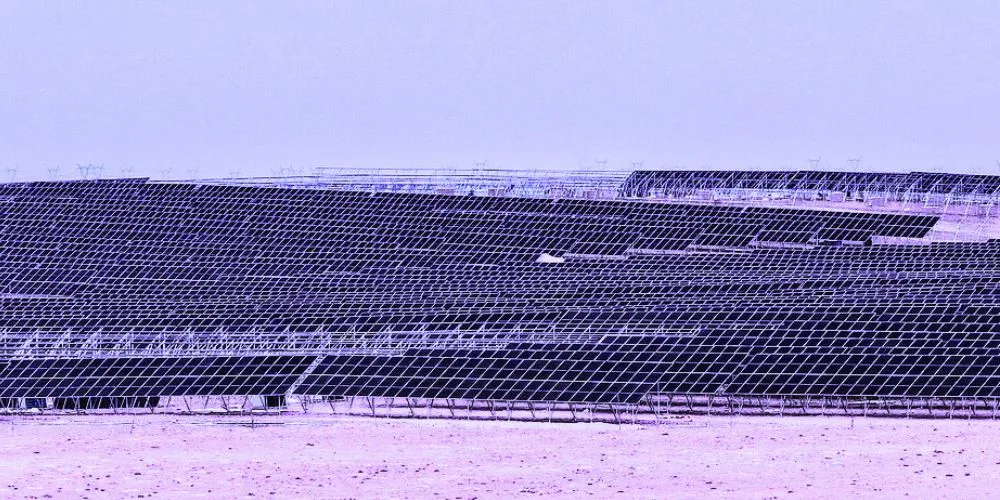Key Points
- The “Solar Great Wall” spans 400 kilometers and is expected to generate 180 billion kWh annually by 2030.
- Dalad Banner’s green power output will reach an annual 38 billion kWh, saving 12.6 million tons of coal.
- Panels serve as windbreaks and sand fixers, with crops planted underneath to improve soil quality.
- This initiative is expected to create 50,000 jobs and increase workers’ annual incomes by 20,000 yuan. State-owned companies provide all funding.
In the Inner Mongolia autonomous region, Ordos has launched a large-scale initiative called the “Solar Great Wall,” which aims to merge renewable energy production with environmental efforts to prevent desertification. According to local officials, this ambitious project will create a sustainable energy source while mitigating soil erosion and protecting the ecology of the Yellow River, China’s “mother river. “
Spanning 400 kilometers in length and averaging 5 kilometers in width, the Solar Great Wall project is expected to achieve a total installed capacity of 100 million kilowatts, potentially generating 180 billion kilowatt-hours (kWh) of electricity annually by 2030.
For perspective, Beijing’s total electricity consumption in 2022 was approximately 135.8 billion kWh, making this new solar project a significant contributor to the region’s energy needs. The project, located along the Yellow River and at the northern edge of the Kubuqi Desert, will also play a key role in reducing sediment from entering the Yellow River, aiding the ecological stability of this essential water source.
The Dalad Banner area, a significant site within the Solar Great Wall, will host a 133-kilometer section of the project with an average width of 25 kilometers. By the decade’s end, Dalad’s renewable energy capacity is projected to reach 19 million kilowatts, yielding an annual green power output of 38 billion kWh. This will save approximately 12.6 million metric tons of standard coal and reduce carbon dioxide emissions by around 31.3 million tons. The clean energy produced will be transferred to the Beijing-Tianjin-Hebei region through an ultra-high-voltage transmission line currently under construction, contributing to China’s national carbon reduction goals.
In addition to providing clean energy, the solar panels will support desertification control efforts. Acting as windbreaks and sand stabilizers, the panels help reduce soil moisture evaporation. Furthermore, 2,400 hectares of commercial crops will be cultivated beneath the solar panels to improve soil quality and combat desertification. The initiative highlights the region’s commitment to balancing economic growth with environmental preservation.
All investments in the Solar Great Wall are funded by state-owned enterprises, relieving local governments from financial obligations. The Dalad government has streamlined the approval process to support the project’s progress, organizing on-site sessions and assigning officials to facilitate project procedures. This initiative is also expected to generate approximately 50,000 job opportunities by 2030, with workers earning an average annual income increase of 20,000 yuan (about $2,815).












